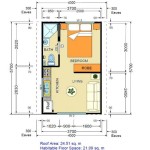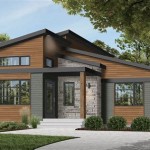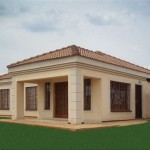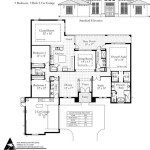Essential Aspects of a Tiny House Open Floor Plan
In the world of tiny house living, open floor plans have become increasingly popular for creating a sense of spaciousness and flexibility. By eliminating walls and partitions, open floor plans allow for maximum utilization of space and a seamless flow between different living areas.
Benefits of an Open Floor Plan
Open floor plans offer numerous advantages in a tiny house setting:
- Increased Space: By removing walls, an open floor plan creates the illusion of a larger space, making even the smallest tiny houses feel more expansive.
- Improved Natural Light: Fewer walls allow more natural light to penetrate the house, creating a brighter and more inviting atmosphere.
- Flexibility and Adaptability: Open floor plans allow for easy reconfiguration of furniture and spaces, accommodating changing needs and preferences. li>Enhanced Communal Living: Open floor plans facilitate interaction between occupants, promoting a sense of togetherness and community.
Challenges of an Open Floor Plan
While open floor plans provide several benefits, it's important to consider some potential challenges:
- Lack of Privacy: Open floor plans offer less privacy, as there are fewer separate rooms for different activities.
- Noise Transfer: Sounds can easily travel throughout the house, especially with hard flooring or high ceilings.
- Clutter Management: Open floor plans can be prone to clutter, as there are fewer storage options and fewer walls to hide items behind.
Designing an Open Floor Plan for a Tiny House
To create a successful open floor plan in a tiny house, consider the following tips:
- Define Different Areas: Even though there are no physical walls, it's essential to define different areas for different functions, such as sleeping, cooking, and living.
- Use Furniture to Create Boundaries: Position furniture strategically to create visual separation between areas and provide some privacy.
- Incorporate Multi-Purpose Spaces: Make the most of your space by utilizing multifunctional furniture and incorporating elements like lofts and built-in storage.
- Consider Lighting: Proper lighting can enhance the sense of space and create different atmospheres in different areas.
Conclusion
Open floor plans can be an excellent option for tiny houses, providing a sense of spaciousness, flexibility, and improved natural light. However, careful planning and design are key to overcoming potential challenges related to privacy, noise transfer, and clutter. By embracing these essential aspects, you can create a tiny house open floor plan that meets your needs and maximizes the potential of your living space.
:max_bytes(150000):strip_icc()/wanderinstarfarms_103561926_275439266841919_804825427512003420_n-f6f92ef6e3e642acb214c24736ceb114.jpg?strip=all)
11 Beautifully Designed Tiny Homes

The Pingora Wind River Tiny Homes

10 Extreme Tiny Homes

Open Concept Rustic Modern Tiny House Plans Sources Ana White

Open Concept Modern Tiny House With Elevator Bed Anawhite

10 Small House Plans With Open Floor Blog Homeplans Com

Open Concept Rustic Modern Tiny House Plans Sources Ana White

7 Tiny House Floor Plans With No Stairs Small Cottage

Open Concept Tiny House Designs Ideas On Dornob

Small Living Tiny House Plans And Micro Cottage Floor Houseplans Blog Com








